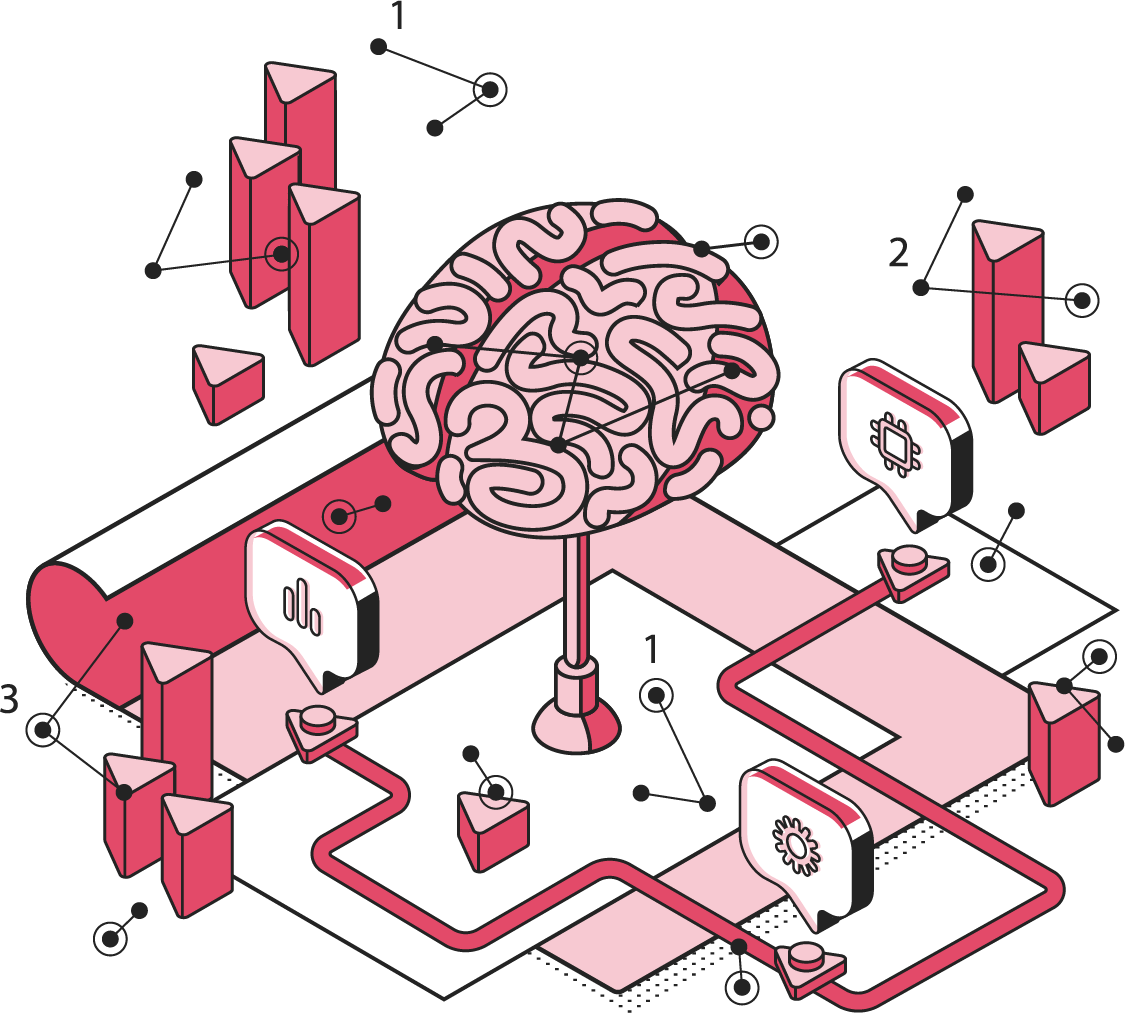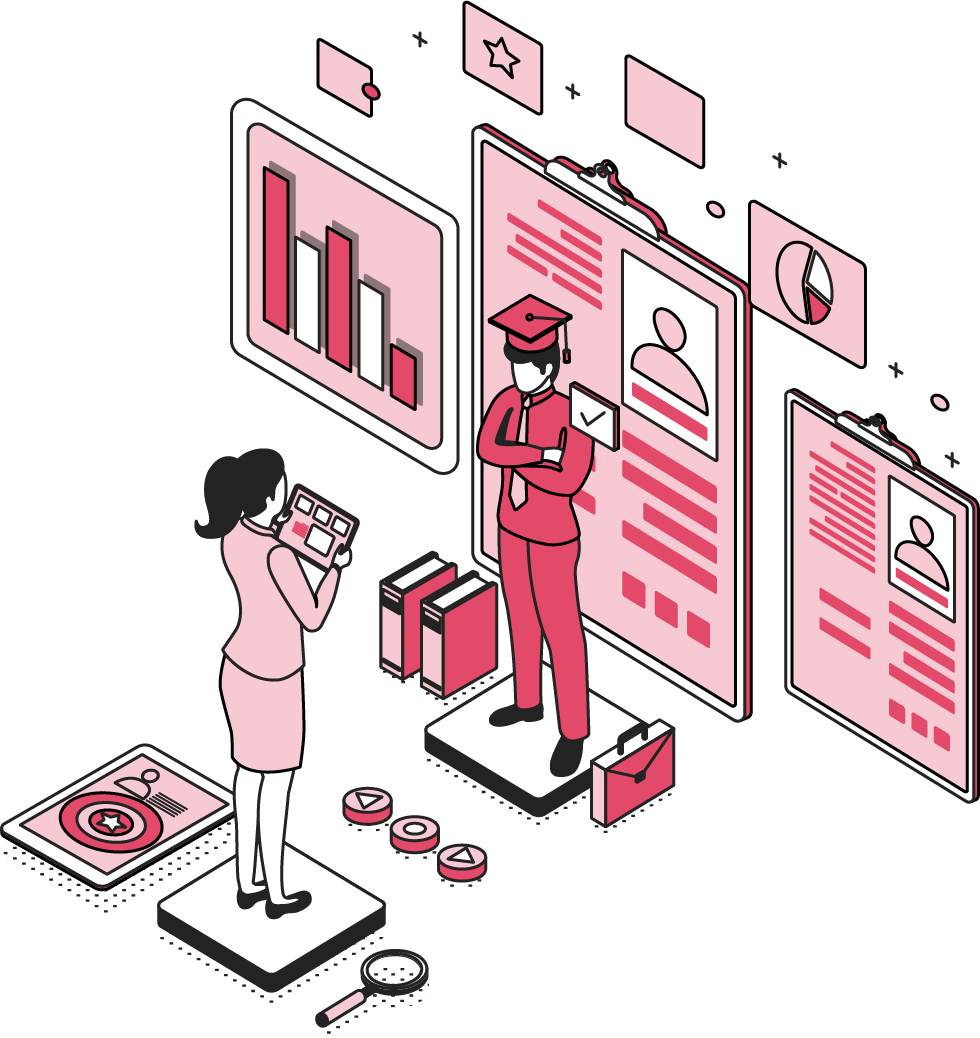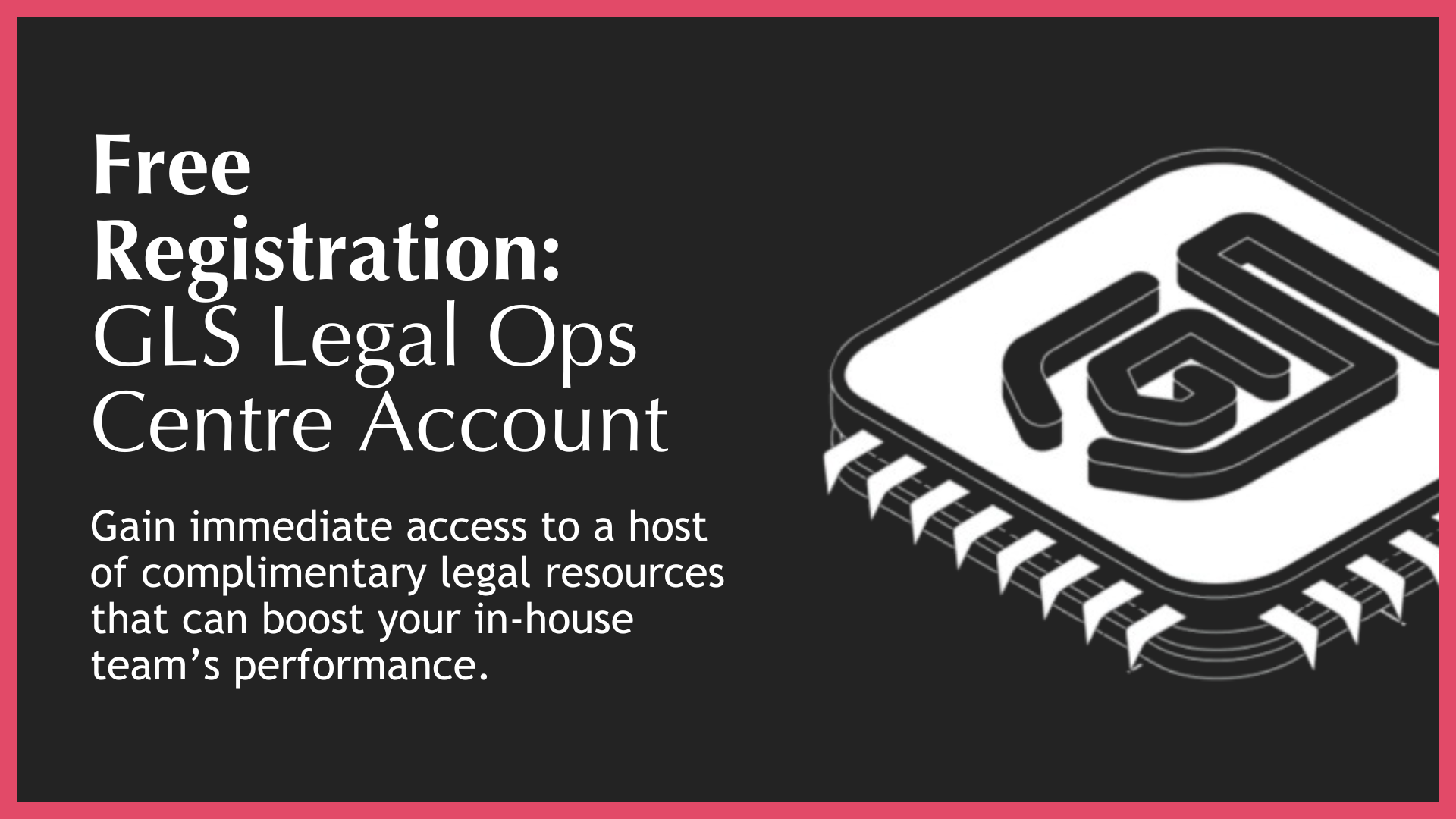Back
CLMS Nightmares: Why CLMS Fails & What You Can Do About It
5min • 20 Feb 24

Introduction
“CLMS” stands for Contract Lifecycle Management System. It supports the production, implementation, and management of a contract throughout its entire lifecycle - from creation to execution to expiry. A CLMS can be extremely effective.
CLMS solution providers passionately advocate a lengthy list of CLMS-enabled efficiencies – from faster closures/renewals, enhanced compliance, and data driven insights – all of which will elevate in-house performance.
So loud is the promise of game changing “deliverance” from contracting function inefficiencies, that the CLMS is frequently a “first port of call” for legal teams looking to transform, and that CLMS tech is here to stay.
So – is this shiny red CLMS apple truly within reach of most legal teams? How effective have in-house teams been at implementing it? Spoiler alert. Terrible!
Unfortunately, more than 90% of CLMS implementations materially fail to deliver the promised benefits and, in many cases, end up being removed from the legal team’s IT stack.
CLMS implementation mistakes are extremely expensive and difficult to unwind. Moreover, they can adversely impact the internal perception of the in-house legal team’s ability to preside over its own transformation.
Again – CLMS implementations can work – but not often. Usefully, most in-house legal teams tend to hit the same types of implementation roadblocks – making them avoidable if they are aware of them in advance.
This is an important GLS blog article. In it we share our views on why CLMS implementations fail, the true cost of CLMS failure, and practical tips on how to avoid a CLMS failure.
For any legal team considering a CLMS implementation, this article should be considered as an important red flag guide to a very large and volatile mine field.
What Is CLMS?
Let’s start with the basics. What is a Contract Lifecycle Management System? A CLMS is frequently considered to be a software solution designed to efficiently manage the entire lifecycle of contracts within an organisation.
The contract lifecycle is commonly accepted as involving a focus on eight steps:
Contract Requests
Contract Authorising
Contract Negotiations
Contract Approval
Contract Signatures
Contract Obligations
Contract Compliance
Contract Renewals
From the outset, we want to point out that a CLMS does not have to be software-based, but it is most frequently thought of as being such. This default association is problematic and in and of itself, a contributor to CLMS failure.
The facts are that technology amplifies processes. Accordingly, if an underlying process is itself sup-optimal, the sub-optimal outcome will be exponentially amplified. So, you need to be careful about what you want to amplify.
Given the “transformative” hubris that surrounds legal tech generally, this “default” association between CLMS and software (offered as an all-in-one solution) distracts legal teams from optimising the underlying process first.
For now though, let’s explore the CLMS as it is frequently understood – a software-based management solution for the contracting function (such as LinkSquares Cloud, iCertis, or Ironclad Contract Lifecycle Management).
The Benefits Of A CLMS
If a CLMS is correctly sourced, the benefits it can bring to an organisation’s contracting function can be significant if not outright transformative. Often cited headline benefits include:
Increased Efficiency: the CLMS offers automation and improved workflow management with a focus on streamlining previously manual tasks that are now automated and managed through notices and prompts.
Improved Visibility: the CLMS offers a much needed centralised repository for documentation and real-time contract approval and performance tracking.
Enhanced Collaboration: to varying degrees, the CLMS offers a centralised communication and document sharing platform designed to enhance collaboration and communication amongst stakeholders.
Risk & Compliance: the CLMS can be configured to trigger alerts, and notifications around impending obligations and the implementation of standardised and approved processes that drive compliance.
Cost Savings: the CLMS can deliver substantial manpower time savings and reduced contractual dispute scenarios – all of which can represent material financial savings.
Better Negotiation & Decision-Making: the CLMS can offer access to historical data and data analytics, which theoretically allow for improved decision making.
Scalability: the CLMS allows organisations to scale and adapt to changing contract volumes. Whilst contract administration is not overly complex – volume-based challenges can be significant.
Audit Trail & Documentation: the CLMS is also an enabler of much needed corporate memory. When configured correctly, it helps drive an audit trail of document versions and decision making.
Much more: there are dozens of other frequently cited benefits that present the CLMS as somewhat of a contract function savior.
For the well prepared in-house team – many of these benefits can in fact be realized.
Sadly, the reality is that most CLMS solutions struggle to get out of 1st gear, let alone hit overdrive and release, amongst other things, fantastic cost savings and much touted AI based insights.
Common CLMS Implementation Challenges

The typical CLMS implementation is far from a smooth sailing experience. Avoiding known challenges can help you prevent your CLMS implementation from ending up looking like an expensive Dropbox solution.
Common CLMS sourcing and implementation related challenges include:
Sourcing Confusion: significant confusion over the options presented by the supplier landscape and how each solution really differs. Sourcing becomes a CLMS features list comparative exercise.
Ownership: fragmented and/or unclear internal ownership of CLMS solution amongst legal, IT, procurement (and often finance) and not being really sure who owns the project.
Implementation Surprises: almost every aspect of the CLMS system implementation ends up taking much longer and involves complexities or challenges that were not anticipated.
Data Migration Blackholes: almost always the challenges associated with legacy data migration and the associated time cost are grossly underestimated and generally misplanned.
Extensive Time Delays: a consistent pattern of CLMS go-live date delays – in almost all cases the promised go live date is substantially missed – sometimes by 12 months or more.
Diluted Sponsorship: CLMS implementations are a lengthy process. Key sponsor support can frequently wane in the face of delays, cost blowouts, and, ultimately, negative user feedback.
Poor User Uptake: most CLMS implementations attract significantly poor user feedback. Whilst first time user “moaning” is to be expected – often this becomes legitimate user complaints.
Damaged Reputation: the reputation of the implementation team almost always tends to end up somewhat tarnished.
Limited Functionality: in view of the above, what frequently emerges is a heavily compromised version of the promises based on limited functionality – often limited to that which is akin to “Dropbox”.
CLMS Failure Can Be Slow To Recognise
Early signs of CLMS project failures are frequently slow to be recognized and acted upon.
The CLMS is a big undertaking and offers the promise of exceptional productivity. These two factors can frequently result in a lethargic response to signs of a struggling implementation.
Indeed, it typically takes a legal team 3 years to go through the clear phases of hope, frustration, denial, and acceptance that the CLMS implementation has failed.
We all too frequently see these 3 clear CLMS implementation stages as follows:
Year 1 - Hope Stage: the excitement and promise of the CLMS solution, sourcing the markets and getting the internal procurement sign-off that usually takes 12 months.
Year 2 - Frustration & Denial Stage: a good solid 12 months of steep incline implementation challenges and extensive user frustration, which is dismissed as being the usual “ironing out the bugs”.
Year 3 - Acceptance: a year of intensifying user complaints, loss of internal support and an emergent view that something “isn’t working as advertised” and that “something new” is needed.
The True Cost Of A Failed CLMS Implementation
The true cost of a failed CLMS implementation is not just measured by the systems acquisition cost. In almost all cases that is actually the smallest line item in the overall “bill” you face from a failed CLMS implementation.
The very real associated costs of CLMS failure can include:
Implementation time: huge quantities of internal manhours are typically required for CLMS implementation – all of which have a financial price.
Legal Dept Support: the failed/struggling CLMS projects can seriously erode the support that the legal team can generate internally for further transformation.
Replacement costs: system triage and/or sourcing replacement systems can rapidly build up as the organization seeks to avoid repeating history.
Lost Business: a failure to close out contracts in a timely manner frequently results in lost business opportunities and potentially damaged reputations. A poor CLMS can exacerbate this problem.
Business Impact: as you transition from one system to a struggling new system, the contracting capabilities of the organisation can frequently diminish.
Lost productivity: in most cases, the implementation team already have day jobs (e.g. – in-house legal team members) from which the CLMS project distracts them.
Loss of Confidence: ironically, those who are in a position to launch remedies are often compromised by the failure itself – and their suggestions are frequently ignored.
Internal Frustration: increased frustration by potentially the whole user community involved in your contracting function.
Failed Performance: a byproduct of a failed CLMS implementation is often an increased incidence of non-compliant contract performance as obligations are inadequately tracked.
Employee Loss: it is not uncommon that key team members who work on CLMS implementations end up leaving the organization. Losing good talent is expensive.
Blame Game: quite often the internal fallout from the failed CLMS implementation can damage important internal relationships and adversely impact promising careers.
All of these expense headings can be astronomical – typically exceeding the systems acquisition costs by, in some cases, especially in larger organizations, 50-100 times.
Why Do CLMS Implementations Face So Many Challenges?
Given the high failure rate of CLMS projects, exploring the root causes of failure is an essential first step for any legal team considering their CLMS options.
Our goal in this section is to flag up those issues that are extremely hard to correct once they arise, as they create structural issues that are hard to remove, even with additional budget.
The idea is that your implementation planning should ensure that you avoid these issues entirely – rather than trying to correct them once they’ve arrived.
Common Causes Of Failed CLMS Implementation Include:
Oversold: software salespersons are good at what they do and their “it fixes everything” message can resonate with the overworked in-house legal team community who are not yet adequately tech literate.
Overlooked Stakeholders: frequently, we encounter legal teams who have had a CLMS solution thrust upon them by IT or procurement, which is madness. All relevant stakeholders need to be consulted.
Poor Process Planning: computers need instructions - few teams have a really good handle on the actual contracting process that they want to see optimized by the CLMS.
Legacy Process Shadow: “this is the way we have always done it” should not be your sole North Star when configuring your CLMS – it may deny you access to genuine CLMS efficiency features.
Poor System Fuel: your CLMS system is going to host and utilize the standardized process infrastructure (e.g., forms, templates, clauses, records, etc.). Bad fuel equals bad engine performance.
It is also critical to be highly wary of pre-loaded content/approval flows that come on a CLMS system – it represents someone else’s view of what is needed; your view is better!
Collecting User Feedback: engaging internal teams for a CLMS project is necessary but time-consuming. All too frequently, inadequate feedback is sought.
Work Effort Underestimated: all too often, the work effort associated with the CLMS project is simply not understood. It places extreme strain on the internal team and can be expensive to outsource.
Legacy Data Migration: migrating data from legacy systems to a new system is a perilous journey that requires a well-thought-out, tested, confirmed and safe strategy. All too often, this does not get done.
Features List: all too often legal team buy “solution features” as opposed to sourcing to your thoroughly understood specification requirement”. The focus should be on systems that support your needs.
Customization Curse: excessive customizations are expensive, hard to support, limit your future options. If your CLMS solution is correctly sourced against your spec, the need for customization reduces.
Lack of Executive Support: CLMS projects require strong executive support over a lengthy duration. All too often, support wanes – particularly as the project starts to experience challenges.
Big Bangs: it is simply not possible to implement all of the benefits you were promised during the CLMS sales sessions on Day 1. Real change is never a “Big Bang” affair – it is a process that cannot be rushed.
Skipping the “Off System” Stage: As discussed, tech isn’t in itself a solution – it merely amplifies. Optimizing offline solutions first allows you to better define the system you need to amplify efficiencies.
Failed Piloting Stage: each CLMS needs to go through a rigorous pilot phase where a team of dedicated users try to actively “break” the system. Few engage in piloting with a view to “breaking” the system.
Going It Alone: trying to conduct the CLMS implementation is a tough “ask”. This kind of project is not the in-house forte and nor should it be. You should seek some external support resources.
For completeness, additional commonly cited causes for sub-optimal CLMS implementations include:
Poor User Consultation: a failure to involve users in the sourcing/implementation process – a key source of poor user adoption.
Excessive User Consulting: if you engage in too much user consultation the process will simply drag on forever (and it frequently does!).
Poor Change Management: speaks for itself – this is a major cause of failure for many corporate implementation initiatives.
Insufficient Customizability: this does not cut across the comments above on excessive customization – there will always be some basic customization and configurations required.
Poor Interoperability: each organization has its own unique tech stack that the CLMS may need to integrate with. Some solutions are more limited than others in this regard.
Unrealistic Timelines: we all know the challenges associated with the “hurry up and wait” corporate tendency. A CLMS implementation is not something that is done a single Quarter.
Feature Overdose: the in-house team frequently tries to implement far too many features on Day 1. This places unsustainable pressure on the implementation team.
Security & Privacy Shortcomings: the system can often fail to deliver the necessary infrastructure to manage your organization's security and privacy concerns – which amplify with each border your cross.
Lack of CLMS Expertise: the lack of an independent voice to help guide the in-house team through the process and moderate vendor hubristic claims.
Inadequate Training & Support: users need a substantial period after going live where the system will continue to be supported to help users master the basics.
How To Avoid CLMS Implementation Failure

For the well-informed and counselled team, much of the above challenges can be avoided. Here are some key principles that can help:
Readiness Assessment: you should not seek out a CLMS solution unless you know that you are actually ready for one. We’ve developed one - conducting a CLMS Readiness Assessment is mission-critical.
Stakeholder Map: from Day 1, you must produce a detailed stakeholder map and ensure that the needs of the CLMS solution are understood and met by proposed solutions. CLMS is not just a legal team tool.
Risk Profile Recognition: you must be aware of the permeance of the solution and its severity with which inefficiencies can manifest. Eyes must be open, and an appropriate plan must be developed.
Low Tech First: there are no shortcuts. You must optimize your CLMS off system first and detail the specification that sits behind your requirement. Ignore this at your peril.
Source Your Requirement: once you have a detailed specification – you must shop for solutions that meet your requirements and avoid being seduced by the longest list of vendors authored systems benefits.
Quality CLMS Fuel: before you implement your CLMS you need to have optimized the support infrastructure - templates, playbooks, checklists, clause banks etc. are CLMS system fuel.
CLMS productivity gains will only come if you utilize rationalized, optimized and harmonized contract function infrastructure that is in line with documented and sensible contract policy instruments.
Advisory Support: most teams will never have done a project like this – getting some program definition and implementation support, in view of the upsides and downsides, makes sense.
Silver Bullet Risk: you need to understand that there is no system out there that can deliver end to end legal function efficiency – whether for contracting or any other function. It doesn’t exist.
Realistic Resourcing: you cannot do it all yourself, and you cannot get someone to do it all for you – both are recipes for failure. You need to find the “goldilocks” resourcing level.
Ownership: the legal team must always be the primary owners of the CLMS projects – the fact that it might entail software/money does not make it solely an IT or procurement responsibility.
Standardization: there must be a strong focus on the need for contract standardization across all templates and associated support tools must be elevated to mission critical levels.
Change Management: a special breed of change management is required to get a successful lift on CLMS. Change management must be delivered at its absolute best.
Limited Functionality First: you should not attempt to deploy the full functionality suite of your CLMS system on Day 1. Start with some important but simple set of features and build from there.
Tech Implementation Mitigation: regard must be had to the ubiquitous risks associated with any tech implementation and implemented accordingly. Do you know them?
Legacy Data: generally speaking – you do not need to fully import comprehensive legacy data into your system on Day 1. If it is needed, it can happen later when the system has paid for itself – as it can.
Data Categorization: CLMS data gets messy and fast - do not obsess over data categorization. Just be clear about what data you do and do not know about, and what data you want the CLMS to tell you about.
CLMS – Not Just Legal: your CLMS is not and should not be considered “just for legal”. What is needed from the CLMS by the teams that manage your contracts should be identified and met.
Concluding CLMS Implementation Thoughts
A CLMS system can be a great win for an in-house legal team as it offers a wide spectrum of benefits that can be truly game changing.
The CLMS is not a silver bullet solution for overstretched in-house legal teams. Implementing a CLMS is a complex endeavor that few teams successfully manage. It entails complexity and effort over a long period of time.
Yes – CLMS tech is better than ever. And, yes, despite the “loud” cautionary note that we sound in this blog article - they can be implemented successfully.
However, real contracting function success stories are not, in the GLS opinion, CLMS-led – they are CLMS enabled. Implementing a CLMS is not the gateway to transformation – it is merely an enabling tool.
Improved contracting function efficiencies are more likely to ensue when your legal team simplifies its contracts and contracting process, deploys the right contracting support tools, and better educates stakeholders.
Almost all of this can be achieved “off-system” first and without risk of negative blow back to the legal team . And, once done – the CLMS tech becomes an enabler and amplifier of something that already fundamentally works.
Just remember, we have all survived without those CLMS promised A.I. generated insights that will deliver “pantheon-level” contracting performance and savings. Yes – they would be nice – but basics first.
The price of a failed CLMS implementation is frequently extremely high and long lived – not just in financial terms but more devastatingly, in diminishing internal confidence in the in-house teams’ ability to self transform.
In this blog article, we have shared with you many of the common stumbling blogs and provided some suggestions on how to drive your own CLMS program success. You are now better informed as to where the “red flags” lie.
What you do with the insights shared in this blog article is up to you. Consider your CLMS course of action knowing that the best time to avoid CLMS-related risks (that can leave an indelible stain) is before you implement it.
How GLS Can Help You?
Yes – we can help you. Hopefully we already have. But, if you need more – we have more to give – feel free to download our CLMS Implementation Support offering right here.
The starting point for a successful CLMS journey is knowing if you are ready to take it. We have created a CLMS Readiness Assessment audit tool that will help you make that assessment. It is your most important first step.
If you want to access our intelligence feed on CLMS implementation – please visit the GLS Connect Zone and enroll in this topic along with any others of interest.
And, if you want to book a chat with us to talk about your CLMS implementation needs – feel free to book a free consultation.
Ready To Transform Your Legal Team?
Please check out the GLS solutions and know-how resources listed on the right side of this page – they might assist your legal team with the issues explored in this Blog.
© The GLS Group - Law Rewritten

The GLS Legal Operations Centre
Register to access your complimentary Day 1 Resource Stack packed with legal team performance resources.
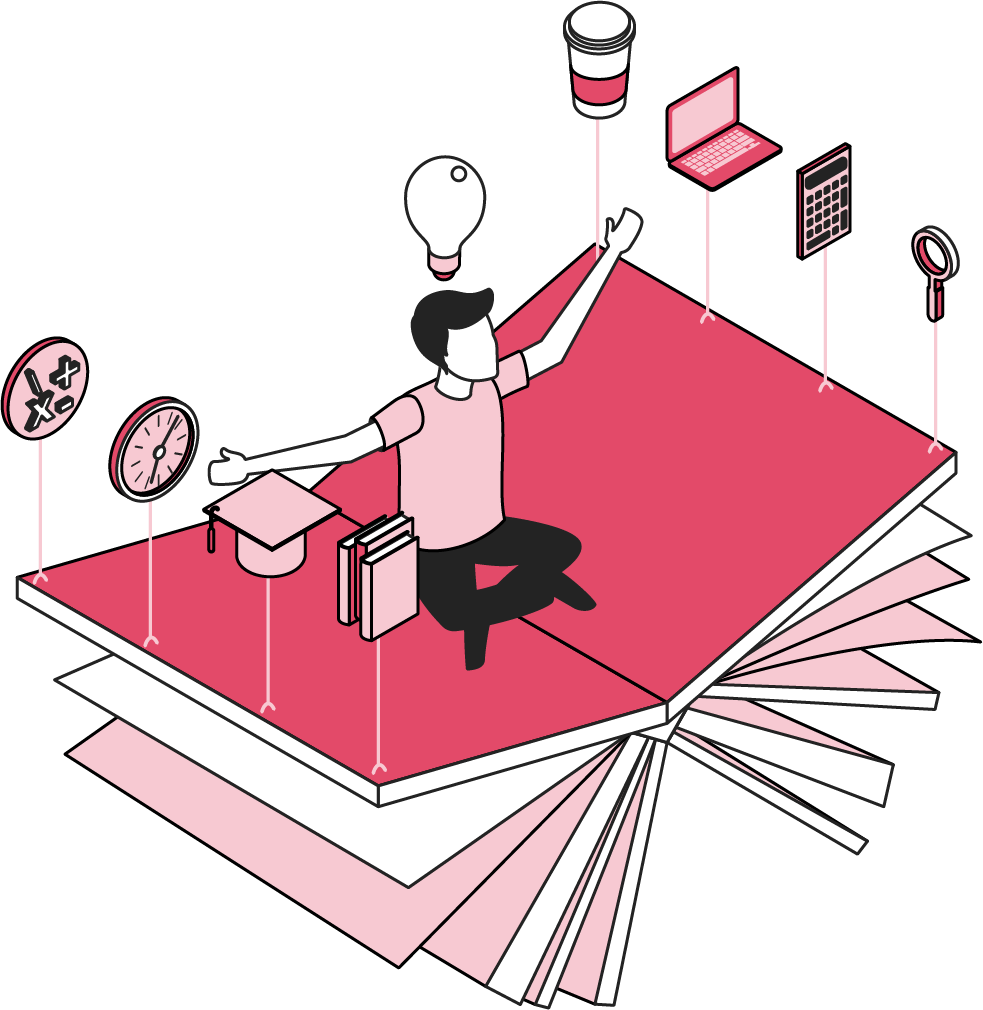
GLS Ultimate Guide To Legal Operations
Download this and read it thoroughly and regularly. It is a wonderful transformation companion.
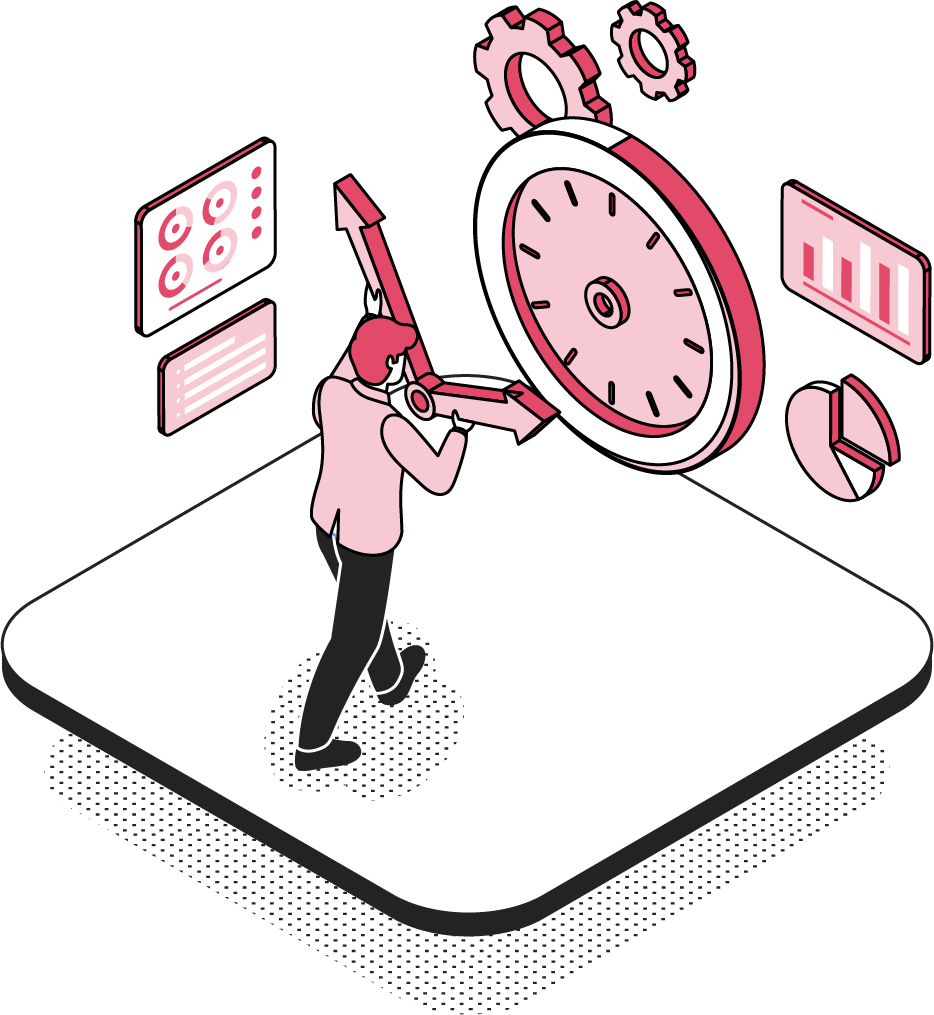
Book A No-Obligation Consultation
If you would like discuss your legal transformation needs, please book a 30 minute free consultation with us.
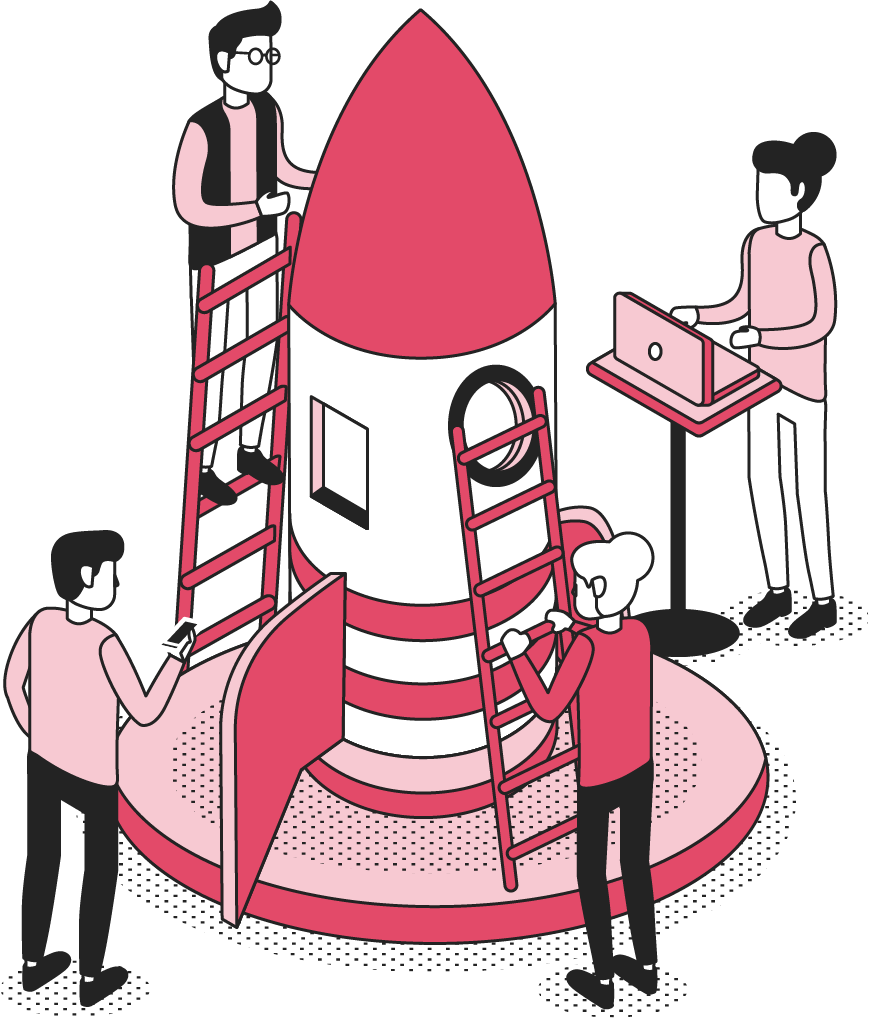
GLS Legal Transformation Boot Camp
Our hugely successful, 10-week long, email-based boot camp on how to effectively transform your legal team.
